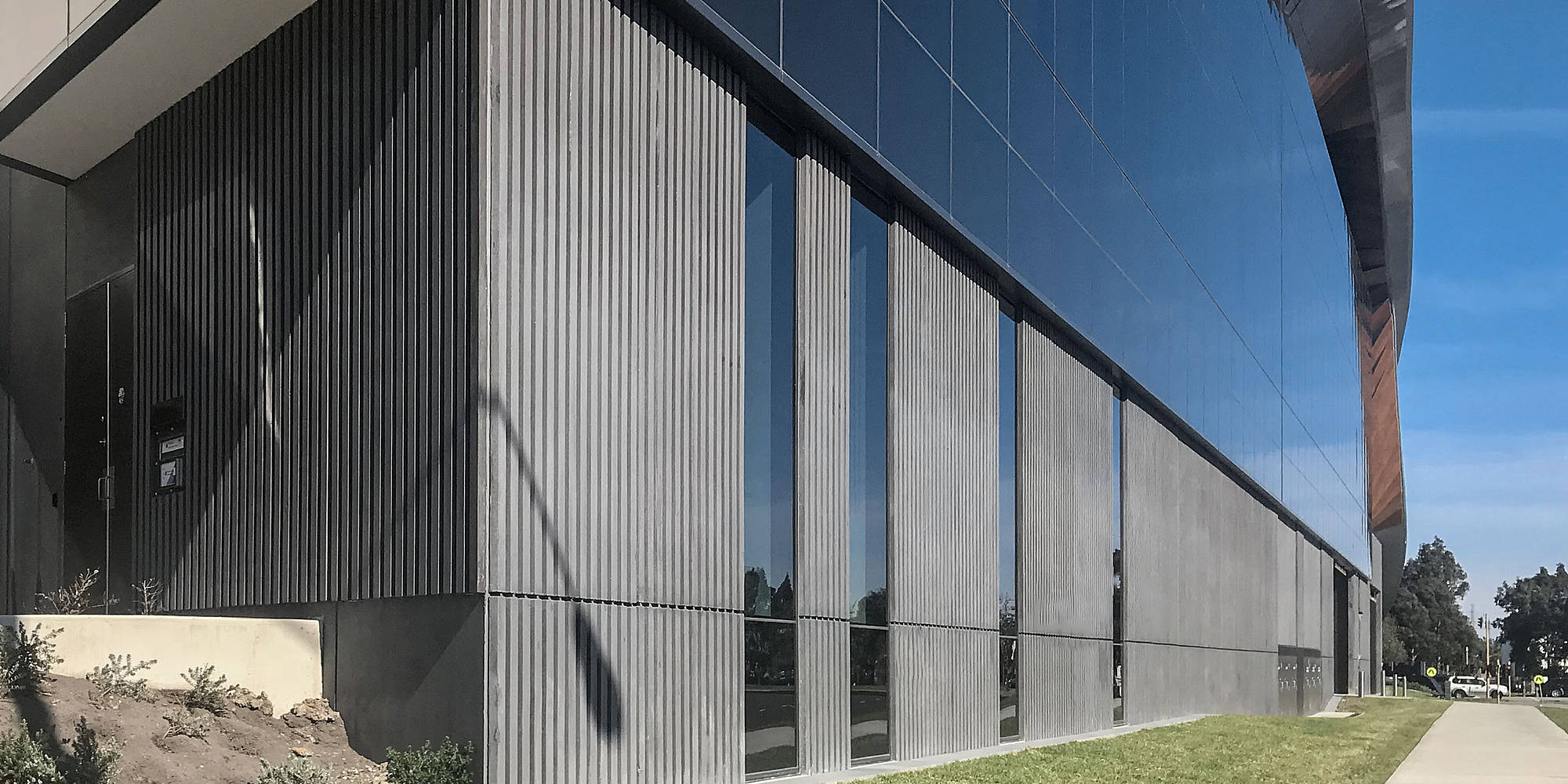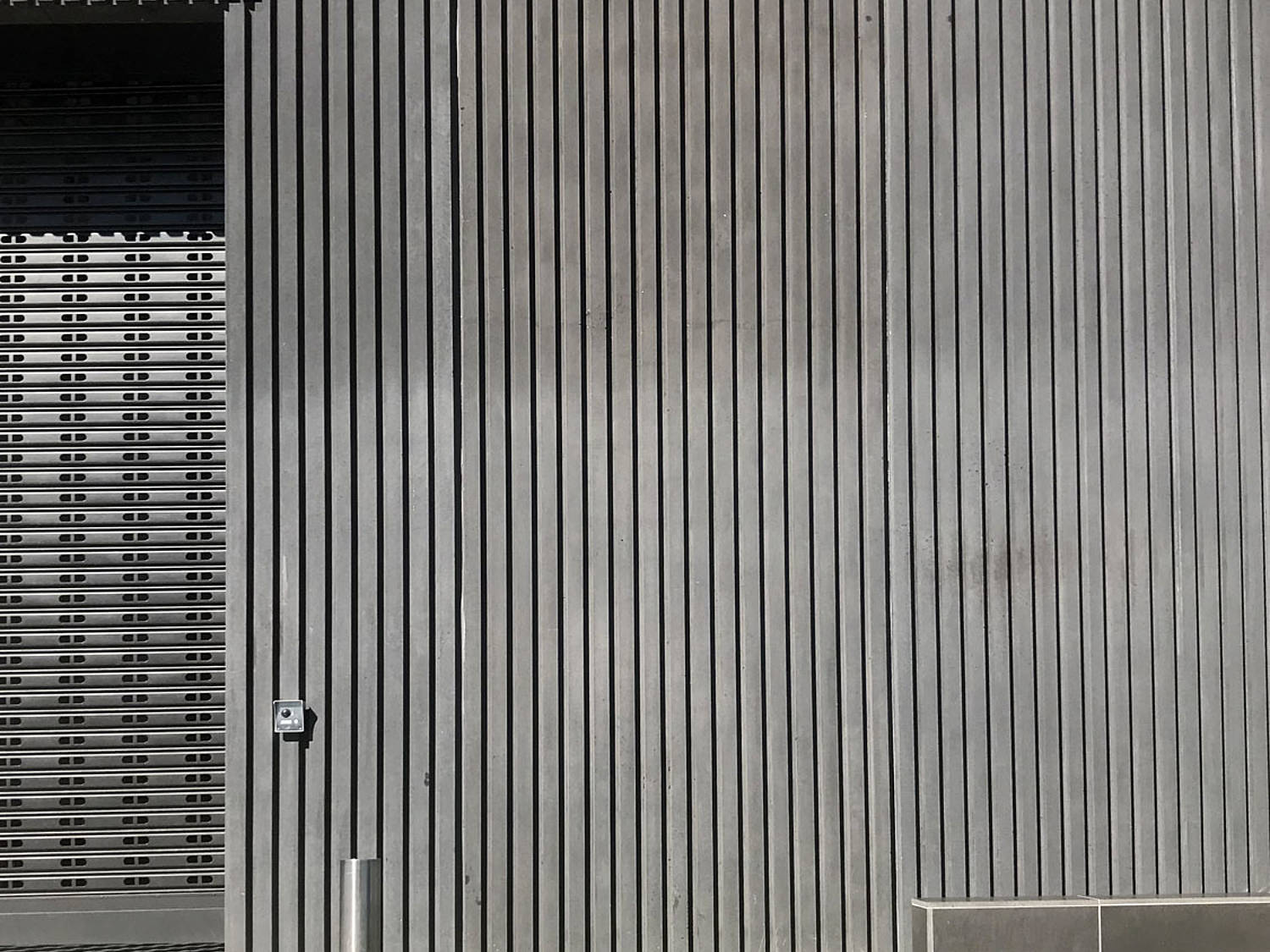Bunjil Place, Melbourne, Australia
Native Australian mythology provided the inspiration for the Bunjil Place cultural and civic center in Melbourne. The result is a modern building with historic roots.
Books, art, theatre and a civic center: “Bunjil Place” in Melbourne’s south-eastern suburb of Narre Warren is the new home of countless cultural events as well as the first port of call for all the residents of the surrounding communities. The design, which merges various uses rather than separating them, has set a benchmark: “It is not a single use or single facility that tends to divide and separate a community by interest, education or culture, but an inclusive hybrid form of public building, reflecting and embracing our diversity”, say FJMT architects of their vision for the project.
Like the wings of a bird, the sweeping roof stretches over the landscape. The inspiration is the history of the site, or more specifically, its locals. The planners studied the indigenous myth of the “meeting of many paths” and the meaning behind the eagle “Bunjil”. “The architecture began to form around the idea of an organic meeting of many paths, literal pathways but also paths of life. This gathering, to take place under the protective and sheltering wings of a great roof”, say the architects.

Open at the main entrance, proud and inviting, the roof swoops down at the back of the building and almost seems to touch the ground. Wood, glass and concrete give the building underneath structure. Sweeping red-brown wooden panels provide a color accent and support the dynamic shape of the roof. Generous windows provide a view of the interior of Bunjil Palce from the side and the front. On the ground floor, a textured concrete façade gives the building strong foundations.
The ribbed texture of the exposed concrete responds to the motif on the wooden panels and the texture of the sweeping part of the roof. RECKLI Australia delivered 88 square meters of the Rippe Type N formliner with vertically arranged lines. The formliners were produced in RECKLI’s Australian factory 20 kilometers west of Melbourne, and delivered to the precast company CPS Group so that precast concrete elements could be produced. Just under 70 kilometers from the construction site, CPS used RECKLI’s molds to produce the exposed concrete components: the elastic formliners were placed into the forms for concrete casting, and later removed from the dry elements. As the construction material hardened, the texture of the formliner was transferred in detail onto the concrete surface. The finished concrete panels were then installed on the façade. The charcoal colored concrete gives the finished exposed concrete façade a sophisticated look.
The interior also impresses with high-quality finishes. White surfaces and light, natural wood dominates the light atmosphere inside. The public and cultural facilities coil themselves underneath the inviting wings of the roof and lead to the central meeting point. Two curved structures in natural wood form the central elements of the interior. “This is a concept of support and connection at the very heart of Bunjil Place”, say the architects of this central feature. The wooden structures with their flowing forms posed a challenge for the planners, who used clever computer simulations and complex installation to solve it: tradition and modernity complemented each other. With a strong presence and yet seemingly weightless, these wooden constructions glide down from the roof and form a point of contact with the ground - the ground whose history was the inspiration behind Bunjil Place.
